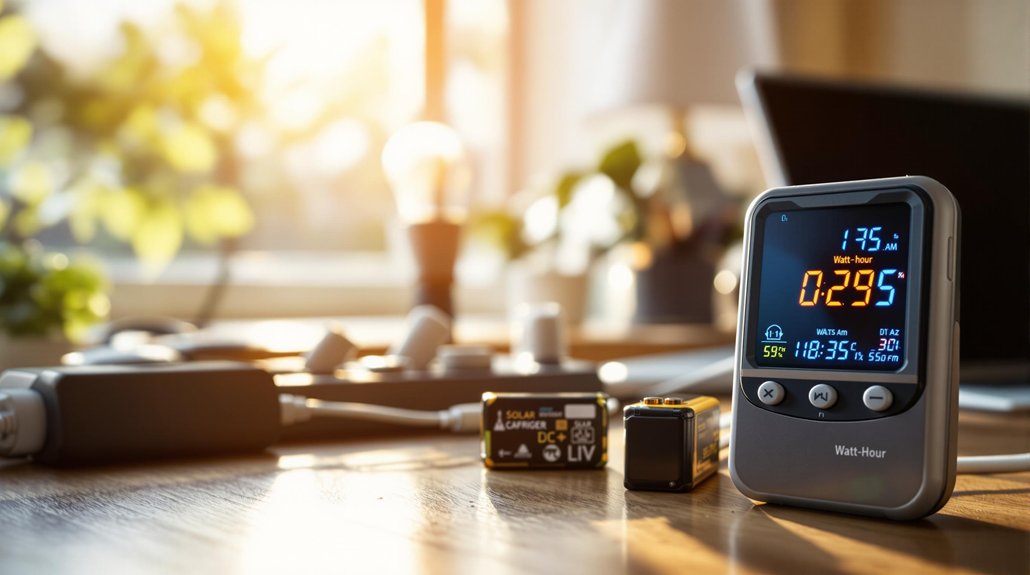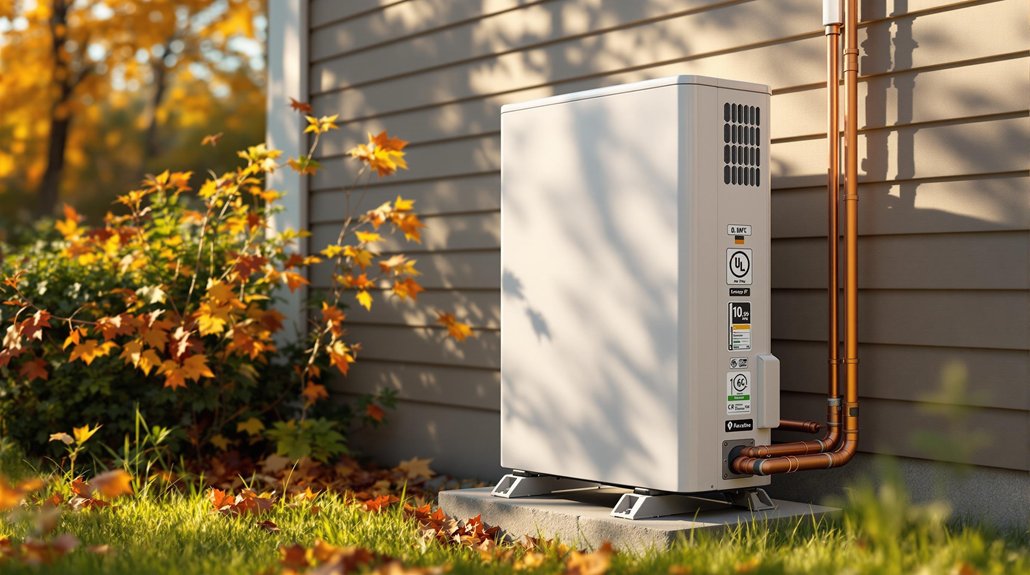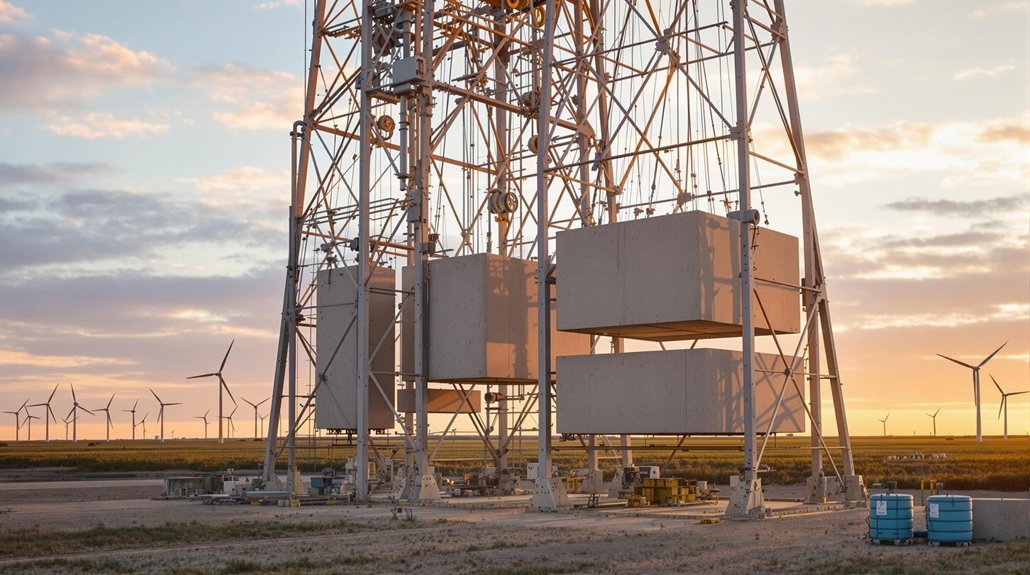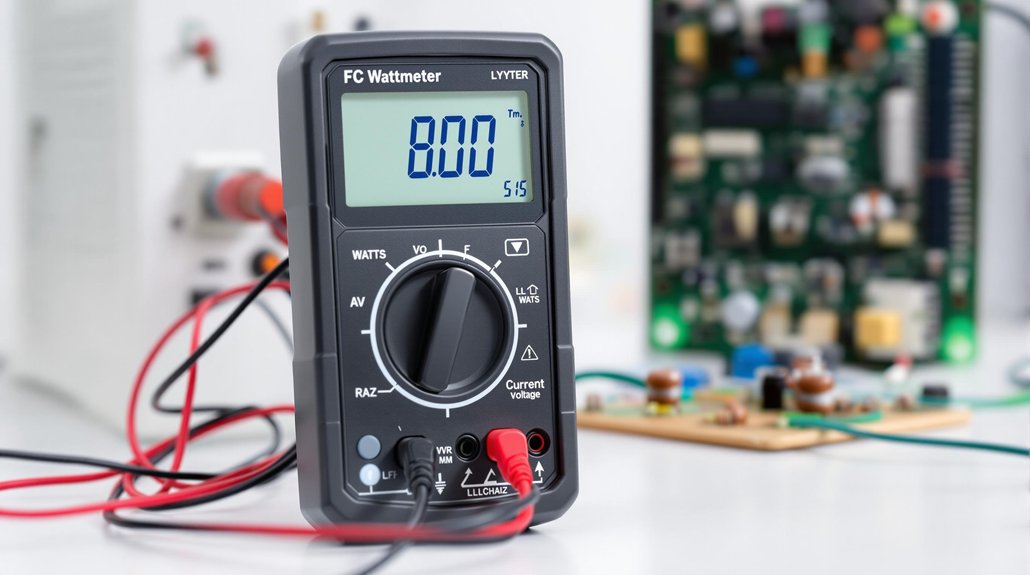Watt-hours measure energy consumption by multiplying power (watts) by time (hours). A 100-watt bulb used for 2 hours consumes 200 watt-hours of energy. This unit helps compare battery capacities in devices like smartphones (10-20Wh) and laptops (40-100Wh). Kilowatt-hours (kWh), equal to 1000 watt-hours, appear on utility bills. The average US home uses 893 kWh monthly. Understanding these measurements reveals the true energy cost of everyday activities.

Energy measurement can be confusing for many people, but watt-hours provide a simple way to understand how much power devices use over time. A watt-hour is a unit that equals one watt of power sustained for one hour. It represents the total energy stored or used and is commonly abbreviated as Wh.
Calculating watt-hours is straightforward. Multiply the power in watts by the hours of usage. For example, if a 100-watt light bulb runs for 2 hours, it consumes 200 watt-hours of energy. This calculation helps estimate how long a battery can power a device or compare energy usage between different appliances. The basic formula “Energy (Wh) = Power (W) × Time (h)” is essential for determining energy usage of various devices.
Multiply watts by hours to discover your true energy consumption and make smarter power decisions.
Watt-hours relate to other common electrical units. One kilowatt-hour (kWh) equals 1000 watt-hours, and one watt-hour equals 3600 joules. While amp-hours (Ah) are similar, they’re not the same. To convert amp-hours to watt-hours, multiply the amp-hours by the voltage. On utility bills, energy consumption is typically measured in kilowatt-hours (kWh) rather than watt-hours.
In consumer electronics, watt-hours help compare battery capacity across different devices. Smartphone batteries typically contain 10-20 watt-hours, while laptop batteries range from 40-100 watt-hours. Larger systems like portable power stations often list their capacity in watt-hours, and electric vehicle batteries are measured in kilowatt-hours (40-100 kWh).
Renewable energy systems also use watt-hours to measure production and storage. Solar panels produce a certain number of watt-hours per day, and battery storage systems list their capacity in watt-hours or kilowatt-hours. This makes it possible to compare different energy sources. Understanding watt-hours is particularly important when evaluating different renewable energy technologies like solar, wind, hydro, geothermal, and biomass systems.
Utility companies bill households in kilowatt-hours. The average US home used 893 kWh monthly in 2022, according to the Energy Information Administration. Smart meters record this consumption, helping homeowners track their usage.
It’s important to note that watt-hours don’t account for power fluctuations or efficiency losses. Real-world performance often varies due to temperature and usage patterns. When evaluating energy needs, it’s valuable to reflect on both energy capacity (watt-hours) and peak power requirements (watts).
Frequently Asked Questions
How Do Watt-Hours Compare to Kilowatt-Hours in Everyday Usage?
Watt-hours and kilowatt-hours measure the same thing—energy—but at different scales. One kilowatt-hour equals 1,000 watt-hours.
Households typically use kilowatt-hours on electricity bills, while watt-hours appear in smaller devices like phones and tablets. A smartphone needs just 2-7 watt-hours per charge, while a refrigerator consumes 150-200 kilowatt-hours monthly.
The average U.S. home uses 893 kilowatt-hours each month.
Can Watt-Hours Measure Energy Consumption in DC Systems?
Yes, watt-hours can measure energy consumption in DC systems. These units work the same way in both AC and DC circuits.
DC power meters track the voltage and current over time to calculate energy usage. They’re commonly used in solar panel setups, battery systems, and electric vehicle charging stations.
Special DC meters handle the unique challenges of direct current, including bidirectional power flow and varying voltage levels.
Why Do Batteries List Mah Instead of Watt-Hours?
Batteries typically list milliampere-hours (mAh) instead of watt-hours due to historical tradition and practical reasons.
mAh has been used since early battery development and has become an industry standard. It’s easier for manufacturers to measure during production.
Consumers are more familiar with mAh ratings, and the larger numbers appear more impressive in marketing.
Additionally, many regulations and shipping rules for batteries are still based on mAh measurements.
How Accurate Are Home Energy Monitors for Measuring Watt-Hours?
Home energy monitors are typically accurate within 1-2% of utility meter readings.
Higher-end models can achieve 99% accuracy for whole-home monitoring.
Accuracy depends on several factors including electrical noise, wiring quality, and sensor placement.
Individual device monitors like Kill A Watt are even more precise, accurate to within 0.2%.
For best results, monitors should be properly installed and calibrated.
Smart meter data is generally more reliable than aftermarket monitors.
Do Watt-Hours ACcount for Power Factor in AC Circuits?
Watt-hours typically do account for power factor in AC circuits.
Standard watt-hour meters measure true power consumption, which already incorporates power factor. The formula used is Watt-hours = Volts × Amps × Power Factor × Hours.
While the meter reading shows actual energy used, a low power factor means more current is needed to deliver the same usable power. Many utilities charge penalties to commercial customers with poor power factor.









